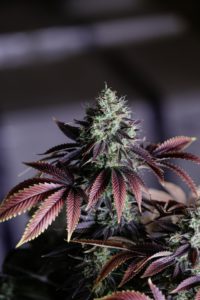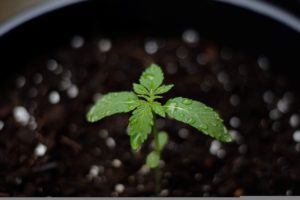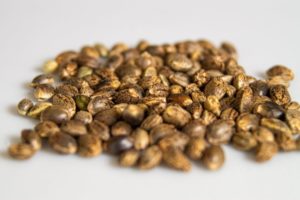Inbreeding and outbreeding are two different breeding methods used in cannabis cultivation. Both of these methods have unique advantages and disadvantages and choosing the right method depends on the goals of the cultivator. In this blog post, we will explore the differences between inbreeding and outbreeding cannabis and the benefits and drawbacks of each method.
Inbreeding Cannabis
Inbreeding is the process of breeding plants that are closely related, such as siblings or parents and offspring. This method is used to stabilize the genetic traits of the plant and create consistent, uniform plants. Inbreeding can also lead to the discovery of desirable traits, such as increased yields or resistance to pests and diseases, that can be passed on to future generations of plants.
Advantages of Inbreeding Cannabis
- Increased consistency: Inbreeding results in consistent, uniform plants that are easy to identify and maintain.
- Better quality control: By stabilizing the genetic traits of the plant, inbreeding ensures that the quality of the final product is consistent and of high quality.
- Improved resistance to pests and diseases: Inbreeding can lead to the discovery of desirable traits, such as increased resistance to pests and diseases, which can be passed on to future generations of plants.
Disadvantages of Inbreeding Cannabis
- Limited genetic diversity: Inbreeding reduces the genetic diversity of the plant, which can lead to increased susceptibility to pests and diseases.
- Reduced vigor: Over time, inbreeding can lead to reduced vigor and a decrease in overall health of the plant.
- Increased risk of inbreeding depression: Inbreeding depression is the decline in overall health and performance of a plant due to inbreeding. This can lead to a decrease in yield and quality of the final product.
Outbreeding Cannabis
Outbreeding is the process of breeding plants that are not closely related, such as crosses between different strains or species. This method is used to introduce new genetic traits into a population and increase the overall genetic diversity of the plant. Outbreeding can also lead to the discovery of new and desirable traits that can be passed on to future generations of plants.
Advantages of Outbreeding Cannabis
- Increased genetic diversity: Outbreeding increases the genetic diversity of the plant, which can lead to increased resistance to pests and diseases.
- Improved vigor: Outbreeding can lead to increased vigor and overall health of the plant.
- New and improved traits: Outbreeding can lead to the discovery of new and improved traits, such as increased yields or improved aroma and flavor.
Disadvantages of Outbreeding Cannabis
- Decreased consistency: Outbreeding results in inconsistent, non-uniform plants that are more difficult to identify and maintain.
- Poor quality control: Outbreeding can lead to poor quality control and a decrease in the overall quality of the final product.
- Increased risk of hybrid vigor: Hybrid vigor is the temporary increase in vigor and overall health of a plant due to outbreeding. This can lead to a decrease in yield and quality of the final product over time.
In conclusion, both inbreeding and outbreeding have their advantages and disadvantages. Choosing the right method depends on the goals of the cultivator and the desired outcome. Inbreeding is best for those looking for consistent, uniform plants with stable genetic traits, while outbreeding is best for those looking for increased genetic diversity and the potential for new and improved traits. Regardless of the method chosen, it is important for cultivators to understand the potential risks and benefits of each method and to carefully plan and monitor their breeding program to ensure the best results.





